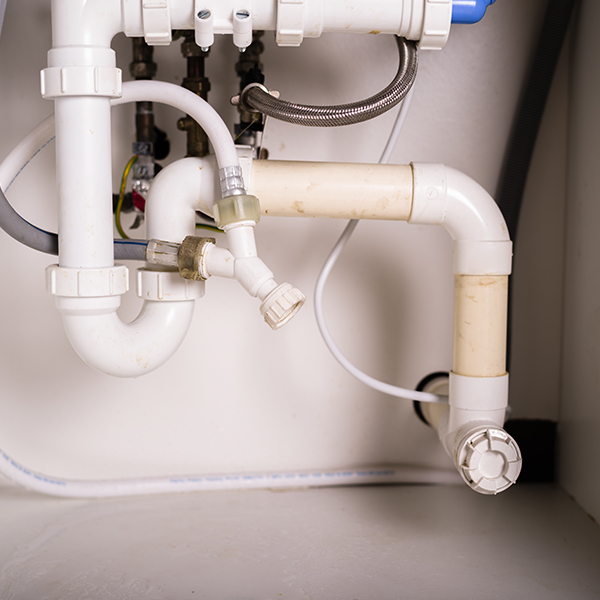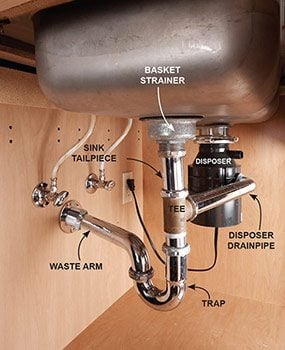Fixing plumbing under your kitchen sink can seem like a daunting task, but with the right knowledge and tools, it can be a manageable DIY project. Addressing common issues such as leaks, clogs, and faulty connections can help maintain a functional and efficient kitchen. This guide provides practical steps and tips for troubleshooting and repairing plumbing problems under your kitchen sink.
Identifying the Problem
The first step in fixing plumbing under your kitchen sink is identifying the problem. Common issues include leaks, slow drainage, and unpleasant odors. Inspect the pipes, connections, and seals for any visible signs of damage or wear. Check for water stains, drips, or puddles under the sink. Identifying the root cause of the problem will help you determine the appropriate repair method.
Fixing Leaks
Leaks are a common issue in kitchen sink plumbing. Start by tightening any loose connections and replacing worn-out washers or gaskets. If the leak persists, consider using a plumber’s tape or pipe sealant to create a watertight seal. For more significant leaks, you may need to replace damaged pipes or fittings. Regularly inspecting and maintaining your plumbing can prevent leaks and extend the life of your system.
Clearing Clogs
Clogs can cause slow drainage and backups in your kitchen sink. Use a plunger to dislodge minor clogs in the drain. For more stubborn clogs, consider using a drain snake or a mixture of baking soda and vinegar to break down the blockage. Avoid using harsh chemical drain cleaners, as they can damage your pipes. Regularly cleaning the drain and using a sink strainer can help prevent clogs.
Repairing P-Trap Issues
The P-trap is a crucial component of your kitchen sink plumbing, preventing sewer gases from entering your home. If you notice foul odors or slow drainage, the P-trap may be clogged or damaged. Remove the P-trap and clean out any debris or buildup. Check for cracks or corrosion and replace the P-trap if necessary. Properly reinstalling the P-trap ensures a secure and functional connection.
Preventive Maintenance
Regular maintenance can help prevent plumbing issues under your kitchen sink. Periodically check for leaks, clean the drain, and inspect the P-trap for any signs of wear. Use a sink strainer to catch food particles and debris, preventing clogs. Additionally, avoid pouring grease or oil down the drain, as they can solidify and cause blockages. Implementing these preventive measures keeps your plumbing in good working condition.
Images about Fixing Plumbing Under Kitchen Sink

Ways to Fix Your Kitchen Sink

Replace a Sink & Install New Kitchen Sink (DIY)
Kitchen Sink Plumbing – How to Replace a Kitchen Sink Trap – YouTube

How to Replace A Kitchen Sink Drain Strainer, Repair Leak

Below the Kitchen Sink: Dealing With Kitchen Drain Pipe Leaks

Pin page

What Does the U-Shaped Pipe Under a Sink Do? WM Henderson

Related Posts:
